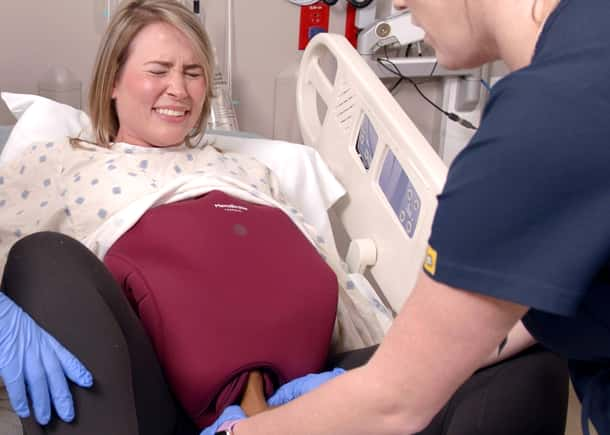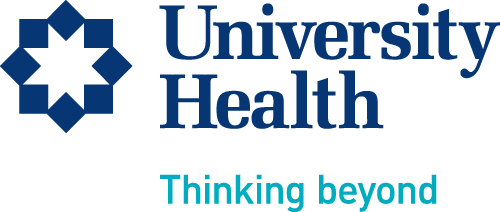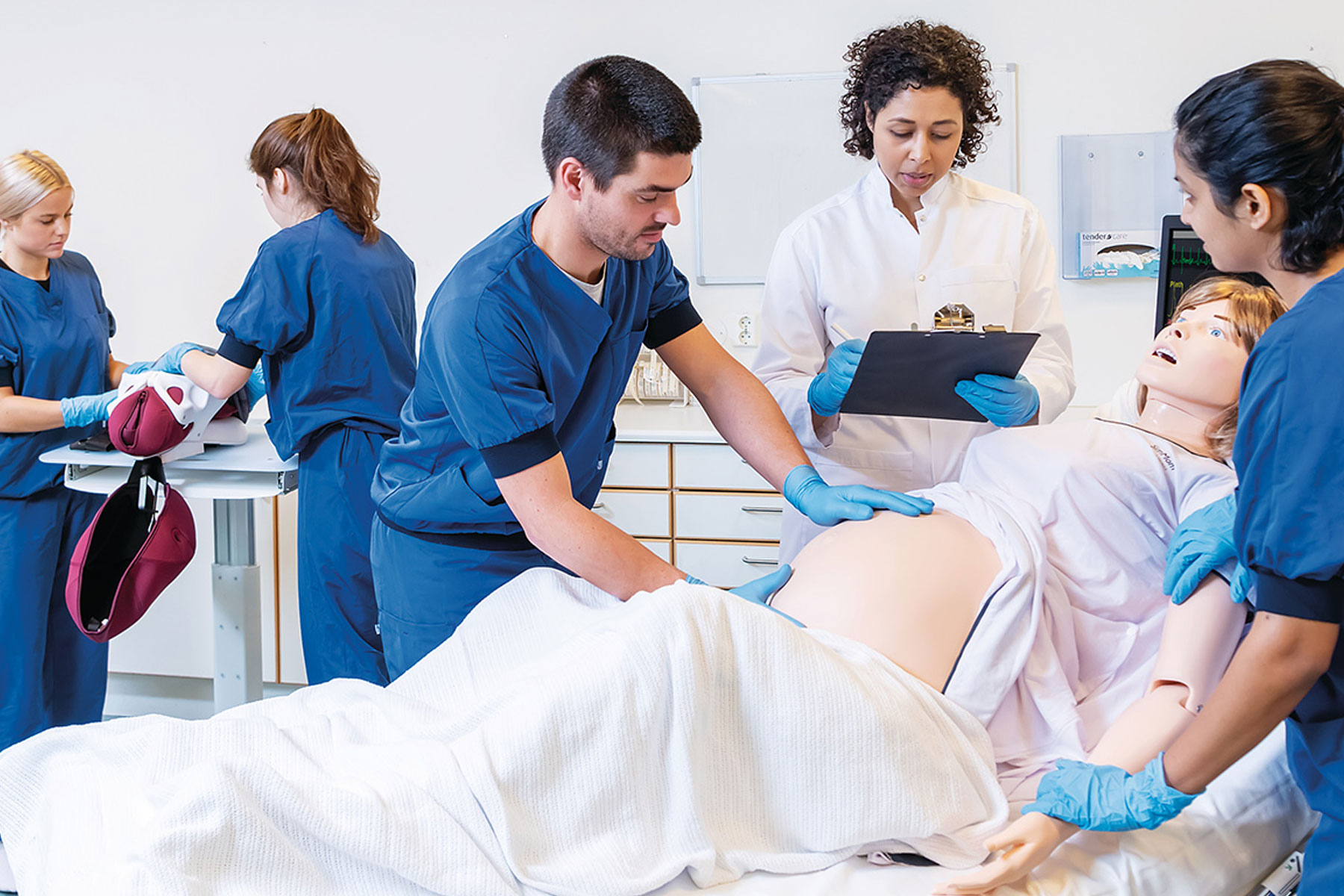How to reach rural communities with obstetric simulation training
Customer Story

Customer Story

Texas, USA
The Challenge
In recent years, there has been an increase in Maternal Mortality Rates in the United States. Texas is one of the states with cause for concern, with 28.1* deaths per 100,000 live births.
Access to quality, patient-centered healthcare wherever the mother is located is vital for quick recognition and treatment of childbirth emergencies.
The Solution
To train healthcare providers in rural community hospitals across South and Central Texas, the team at the University Hospital in San Antonio started a simulation outreach program. The Perinatal Outreach Program was developed to improve the quality and standardization of care, to practice skills in management of shoulder dystocia, PPH and pre-eclampsia, and to improve teamwork and communication. However, the solution needed had to be easy to use, easily portable, and cost effective.
Shoulder dystocia happens in about 1 in every 200 births. It is often neither preventable nor predictable. It can deprive the baby of oxygen, leading to brain damage or death and can cause injuries including fractures of the baby's arm or shoulder or damage to the nerves resulting in a brachial plexus injury. Shoulder dystocia can also lead to complications for the mother, including tears or hemorrhage, so it is important that maternity teams can identify and manage it quickly and efficiently.
The goal was to create a highly realistic experience, at the same time, provide the opportunity to learn on an ongoing basis as the simulation progressed. Using MamaBirthie to train for skills together with a standardized patient to make the simulation feel realistic was an integral part of the program.
Keep the simulation simple with MamaBirthie and a standardized patient and practice the process, and your participants will get a lot out of it.
Because standardized patients can verbalize the symptoms they are experiencing, they are useful for gathering patient history and diagnosing symptoms. By using body language to convey information, healthcare professionals are required to be highly observant and hone their communication skills. In addition, this combined approach of using MamaBirthie with a standardized patient, enabled the patient to be moved into different positions to practice specialized maneuvers to manipulate the position of the baby such as McRoberts and Gaskin techniques.
Another essential part of the program was the use of Rapid Cycle Deliberate Practice (RCDP). This is a simulation strategy well-known in the world of CPR training. The simulation team provides the participants with instructions about the scenario and what to expect prior to executing the drill. During the drill, the participants are paused by their facilitators for an immediate debrief when something goes wrong, and then they start over again. This process is repeated until the participants can perform the drill perfectly.
The Results
While the program is still in progress, initial results are positive. Data is being accumulated to measure outcomes, but some of the qualitative elements have been immediate. Participants have found the program incredibly engaging and realistic, especially with the use of a standardiazed patient actor together with MamaBirthie. Feedback on the RCDP methodology is also extremely positive, with participants enjoying the fact that they get to try again and again until they get it right.
There’s just this moment in there where they suddenly become completely engaged and when you get to the debriefing point you really see them being able to say they know what to do and they truly feel empowered and prepared.
Looking forward
Using a mobile, accessible, cost effective low-fidelity simulator like MamaBirthie together with a standardized patient and applying the RCDP methodology, enables simulation to be adaptable and available to all healthcare providers, wherever they are.
My dream is to have rural hospitals to have their own programs for obstetric simulations.
RCDP method of learning enables participants to practice over and over
Standardized patient adds realism and engagement
MamaBirthie meets the need for the education method and use with standardized patient


* Maternal deaths and mortality rates by state, 2018-2021. CDC. Retrieved from https://www.cdc.gov/nchs/maternal-mortality/mmr-2018-2021-state-data.pdf